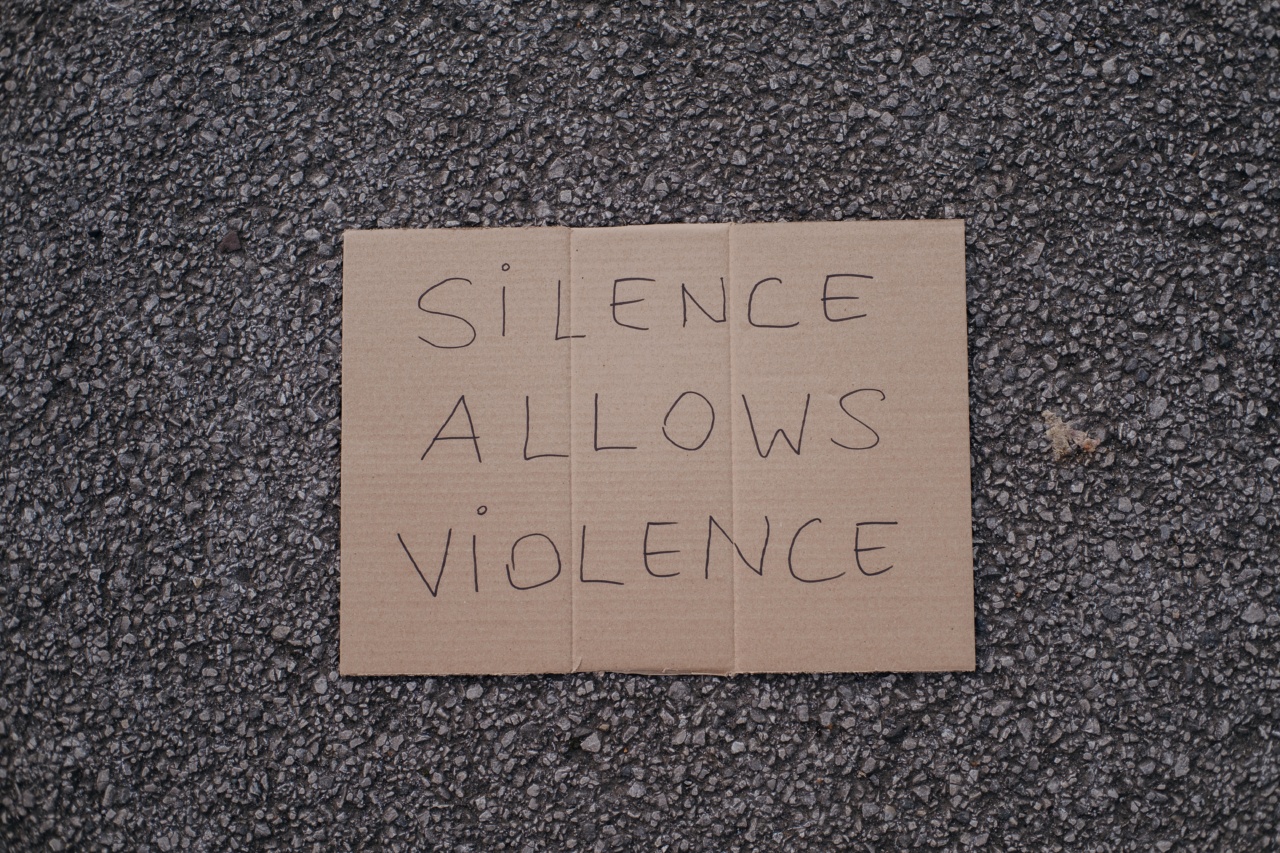Fireplaces have been around for centuries and have been a popular addition to many homes. However, they are not without their drawbacks and can have a negative impact on public health. Here are some of the ways in which fireplaces can be harmful:.
1. Air Pollution
One of the biggest problems with fireplaces is that they release pollutants into the air. Burning wood creates smoke, which contains a number of harmful chemicals. These include carbon monoxide, nitrogen oxides, and particulate matter.
When released into the air, these pollutants can pose a risk to human health.
2. Respiratory Problems
The pollutants released by fireplaces can aggravate respiratory problems, making it especially difficult for those with lung conditions. This can include exacerbating asthma and causing coughing, wheezing, and breathing difficulties.
3. Cardiovascular Problems
The air pollution caused by fireplaces can also impact cardiovascular health. Exposure to particulate matter can increase the risk of heart attacks and other cardiovascular problems.
In addition, the carbon monoxide released by wood burning can reduce the amount of oxygen in the blood, which can also have negative effects on cardiovascular function.
4. Indoor Air Quality
Another issue with fireplaces is that they can have a negative impact on indoor air quality. When wood is burned, it can release toxins such as formaldehyde and benzene into the air.
This can be especially concerning in homes with poor ventilation, as these toxins can build up over time and pose a risk to health.
5. Health Risks to Children
Children may be particularly susceptible to the negative effects of fireplaces. They may be more likely to experience respiratory problems and other health issues as a result of indoor air pollution.
In addition, there is a risk of burns and other injuries from coming into contact with hot surfaces or items such as embers and logs.
6. Environmental Impact
Fireplaces not only impact human health, but also the environment. Burning wood emits carbon dioxide and other greenhouse gases, contributing to global warming. In addition, the harvesting of wood can have a negative impact on ecosystems.
7. Health and Safety Risks
Finally, fireplaces can pose a number of health and safety risks beyond air pollution. For example, poorly maintained fireplaces can become a fire hazard if creosote or other debris builds up in the chimney.
In addition, using fireplaces can also create risks of carbon monoxide poisoning if the flue is not properly cleaned or blocked. Finally, there is always the risk of burns or other injuries from coming into contact with hot surfaces or items such as embers and logs.
Conclusion
While many people enjoy the warmth and ambiance of fireplaces, it is clear that they can have a negative impact on public health. From air pollution to respiratory and cardiovascular problems, fireplaces can pose a range of risks to human health.
In addition, they can have negative impacts on indoor air quality and the environment. While it may be difficult to completely do without fireplaces in some cases, it is important to be aware of these risks and take steps to minimize them as much as possible.




























